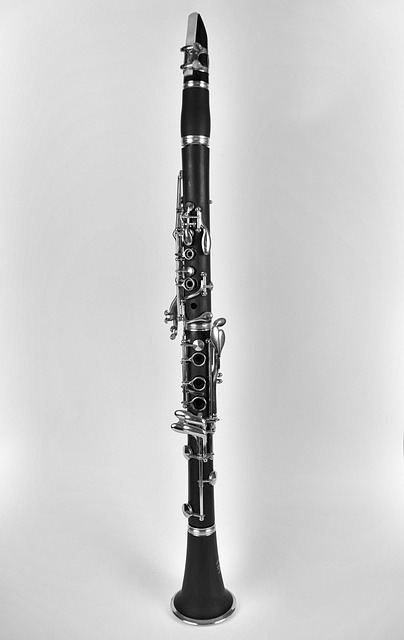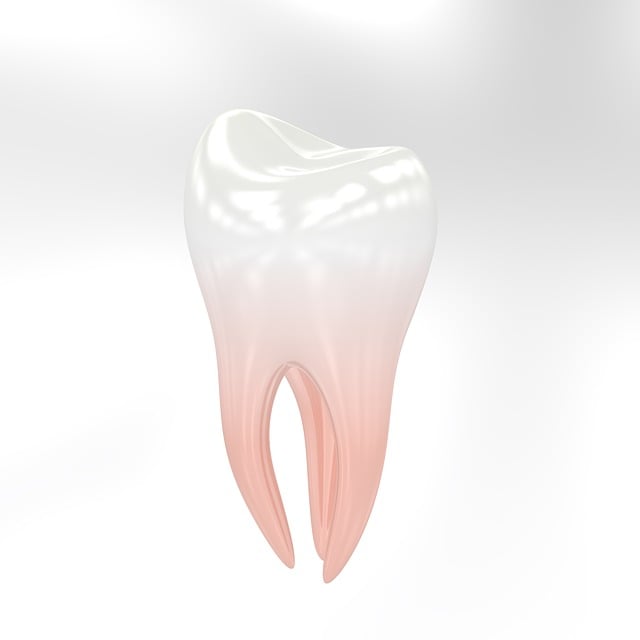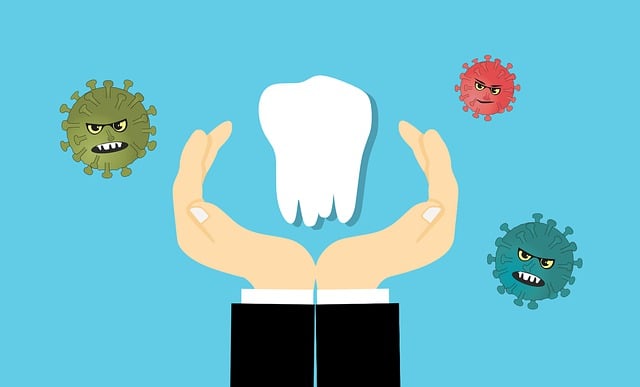Pediatric dentists offer modern techniques like dental sealants and sedation to provide comfortable, effective care for young patients. They alleviate parental concerns about dental emergencies while promoting long-term oral health. Through emotional preparation, calm environments, and advanced technology, they ensure painless procedures and foster good oral hygiene habits from a young age. Trust is built through communication, decision involvement, and kid-friendly atmospheres, making preventive care visits less daunting.
“Discover how painless pediatric dental procedures can make visits to the dentist less daunting for kids. From understanding common sedative techniques like nitrous oxide to advanced technologies soothing children’s fears, this guide covers it all. Learn about pre- and post-procedure care tips ensuring a comfortable experience. Additionally, explore communication strategies building trust between parents, kids, and their pediatric dentist. Transform dental visits into positive, stress-free events.”
- Understanding Common Painless Pediatric Dental Procedures
- The Role of Sedation in Minimizing Child Anxiety
- Pre- and Post-Procedure Care for a Smooth Experience
- Advanced Technology Enhancing Pediatric Dental Treatments
- Building Trust: Communication Strategies for Parents and Kids
Understanding Common Painless Pediatric Dental Procedures

Painless pediatric dental procedures are becoming increasingly common as pediatric dentists focus on providing a comfortable and positive experience for young patients. One of the most routine and important procedures is the application of dental sealants, which protect vulnerable back teeth from decay. This simple process involves the use of a clear or white coating that hardens to create a protective barrier over tooth surfaces. Another common procedure is the placement of space maintainers, which ensure that gaps left by fallen or milk teeth don’t cause neighboring teeth to drift out of position. These are just two examples of how pediatric dentists employ modern techniques to make dental care for children as painless and stress-free as possible.
For parents looking after their children’s dental health, it’s essential to consult a specialist for kids’ teeth, often referred to as a pediatric dentist. They are uniquely qualified to handle both routine and complex oral care needs in preschoolers and older children. Understanding these procedures can help alleviate common concerns among parents regarding children’s dental emergencies. Additionally, adopting appropriate preschoolers’ dental care tips at home supports the work of the pediatric dentist and contributes to long-term oral health for your child.
The Role of Sedation in Minimizing Child Anxiety

Many children experience anxiety when it comes to visiting the dentist, which can make it challenging for pediatric dentists to provide necessary care. This is where sedation plays a pivotal role in making dental procedures more comfortable and less stressful for young patients. Sedation techniques offer a range of benefits for both the child and the parent, ensuring a smoother experience during what could otherwise be an intimidating procedure.
A child-centric dental practice often incorporates various forms of sedation to cater to different needs. For instance, deep sedation might be used for complex procedures, ensuring the child is completely relaxed and unaware. On the other hand, mild sedatives can be administered for simple checks and cleanings, making them feel calm without reaching a deeper level of unconsciousness. With these methods, children are more likely to cooperate, enabling the pediatric dentist near school to provide thorough dental care tailored to toddlers and older kids alike.
Pre- and Post-Procedure Care for a Smooth Experience

Preparing your child for a painless pediatric dental procedure starts long before the actual visit. A pediatric dentist will often provide pre-procedure care advice, including strategies to calm anxiety and tips on what to expect during the appointment. This might involve reading books about dental visits or using playful language to desensitize your child to the process. On the day of the procedure, ensuring a smooth experience requires a calm and comfortable environment. A quiet, friendly setting can help alleviate any remaining fears.
After the procedure, pediatric dental care for toddlers involves careful post-care instructions. Your home care advice for baby teeth should include gentle cleaning techniques to maintain oral hygiene until the next visit. The pediatric dentist may also emphasize the importance of proper nutrition for healing and healthy teeth development in young patients. Additionally, they might offer tips on oral hygiene education for youth, encouraging good habits that will last a lifetime.
Advanced Technology Enhancing Pediatric Dental Treatments
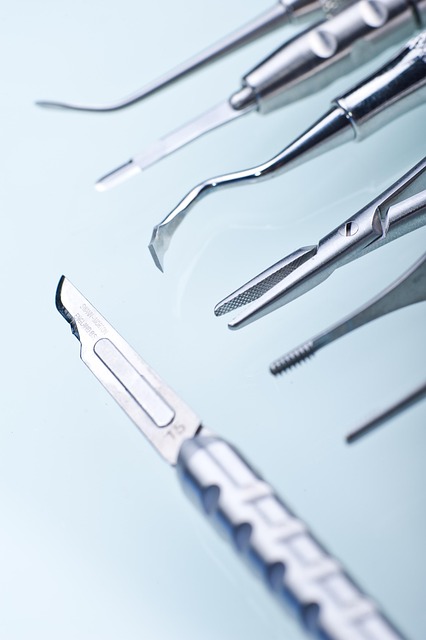
In today’s digital era, advanced technology is revolutionizing pediatric dental treatments, making visits more comfortable and efficient for both kids and parents. Modern tools like digital X-rays offer clearer images with less radiation exposure compared to traditional film X-rays. Laser dentistry is another game-changer, providing precise and painless procedures for various issues, from cavity fillings to gum disease treatment. These kid-approved dental procedures not only reduce anxiety but also result in fewer injections and quicker recovery times.
Additionally, pediatric dentists now employ advanced anesthetics and sedation techniques to ensure a calm and pain-free experience, especially for patients with special needs. This includes conscious oral sedation, which allows children to remain awake but relaxed during treatments. Such innovations make it easier for kids to receive the necessary care, fostering good oral health habits from an early age.
Building Trust: Communication Strategies for Parents and Kids
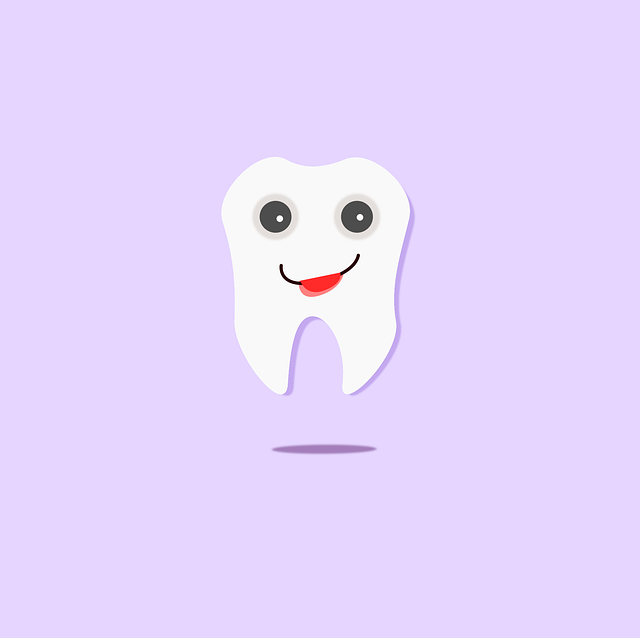
Building trust is a cornerstone when it comes to ensuring a child has a positive experience at the pediatric dentist. Effective communication plays a pivotal role in this process, fostering both comfort and confidence for both parents and their kids. Parents can start by explaining the procedure in simple terms, using age-appropriate language that their child understands. This opens up lines of dialogue where children feel safe to ask questions, alleviating fears and anxiety.
Additionally, involving kids in the decision-making process can be powerful. Allowing them to choose a toy or sticker as a reward for good behavior during the visit gives them a sense of control and makes them more receptive to care. Pediatric dentist recommendations often highlight the importance of creating a kid-friendly atmosphere, with a calm and gentle approach, making preventive care visits feel less daunting and more like an exciting adventure for young patients and their parents alike, ensuring a strong foundation for future dental health.
Painless pediatric dental procedures, facilitated by advanced technology, effective communication strategies, and the judicious use of sedation, significantly enhance the experience for both children and parents. By understanding common techniques, prioritizing pre- and post-care, and fostering trust, pediatric dentists can create a welcoming environment that minimizes anxiety and promotes positive oral health habits from an early age. When choosing a pediatric dentist, look for professionals who excel in these areas to ensure your child receives the best possible care in a comfortable setting.







